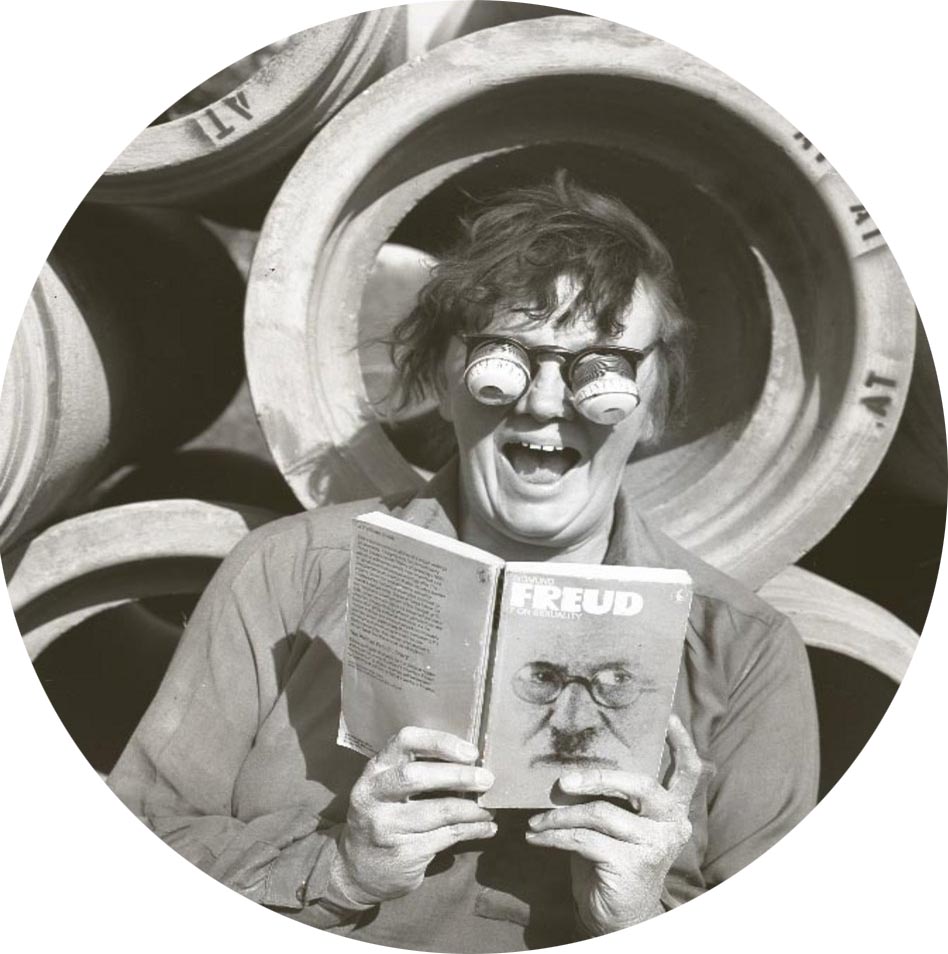
Terry Dennett and Jimmy Merris: ECONOMICS 101
ANNEXE: In 1902 American author Jack London, dressed head to toe in shabby second hand clothes, took lodgings in the East End and set about exploring the realities of that area’s chronic social deprivation.
He opens his published account of this time The People of The Abyss with an incantation of A Parable by James Russell Lowell, the closing lines of which are:
Then Christ sought out an artisan, a low browed, stunted, haggard man and a motherless girl whose fingers thin, crushed from her faintly want and sin. These he set in the midst of them, And as they drew back their garment hem for fear of defilement, ‘Lo here,’ said he, 'the images ye have made of me.'
Set amidst London’s shocking account of dingy workhouses and slum dwellings are a number of photographs by Charles Parks. The proprietor of the Radical Fleet Street news agency, Parks Press, Parks’ images of the homeless and destitute came to inform a body of photographic, text and archive work by Terry Dennett entitled The Crisis Project.
Dennett (b. 1938) is a photographer, social historian and workshop organiser. For the last nineteen years he has curated the Jo Spence Memorial Archive in London, Spence being one of his main collaborators until her death in 1992. Dennett is also a fellow of the Royal Anthropological Institute with a special interest in urban crisis and social exclusion. This interest in reflected in this exhibition. For Dennett,
'Photographs are documents we can make ourselves, documents we can have some control over with regard to distribution. Also important in this respect are the ephemeral materials of everyday life, the redundancy notices and tax demands etc. Such material constitutes a vivid historical counter-archive, for it often contains photographic images made outside the sanction of officialdom and of events censored from the press, and, perhaps more importantly, shows things so ordinary and everyday, or so unique, that no one else has recorded them. Such material if it can be made to survive will give those who follow us the possibility of seeing other images and hearing other voices than those of governments and 'official' artists of our day.'
This ethic runs throughout The Crisis Project – as presented in the exhibition, both as a solo effort and collaboration with Jo Spence. Influenced greatly by Spence’s photo-therapeutic work, The Crisis Project deploys what Dennett describes as the ‘historical imagination’ technique. In photographing scenes of social and economic crisis – improvised bivouac shelters, cardboard cities, closing down sale signage, industrial destruction and civic degradation – across London, Dennett, in his own words, ‘proceeds as if given a historical commission from a future government to produce visual material for a criminal trial against those who have presided over the despoliation and destruction of our society’.
Displayed on the walls of the ANNEXE gallery at SPACE, The Crisis Project is accompanied by a new single channel nine monitor installation by Peckham based artist Jimmy Merris (b. 1983). Representing a radically different approach to economic downturn and the social conditions that prevail under its sign, Merris work for the exhibition – titled, simply, FOR SALE – proceeds asymmetrically via a series of loose and absurd solicitations. “Jamilas shoes for sale” – proposes one video. We do not know who Jamila is, nor are we sure how to respond as the next offer flashes on screen, “Pickled Jar for Sale”…
A shrewd reduction ad absurdum for the consumer consciousness? Perhaps. But there’s also a sort of controlled desperation to the work. (items are actually all on sale, £325 a pop on Merris' website). That both readings might be sustained is an interesting component of FOR SALE. One that sits nicely alongside the other disrupting qualities of Merris’ installation, principally its no-fi construction principals, mix of found and shabby homespun images and the generally distorted approach to sound occurring throughout.
SPONSOR












